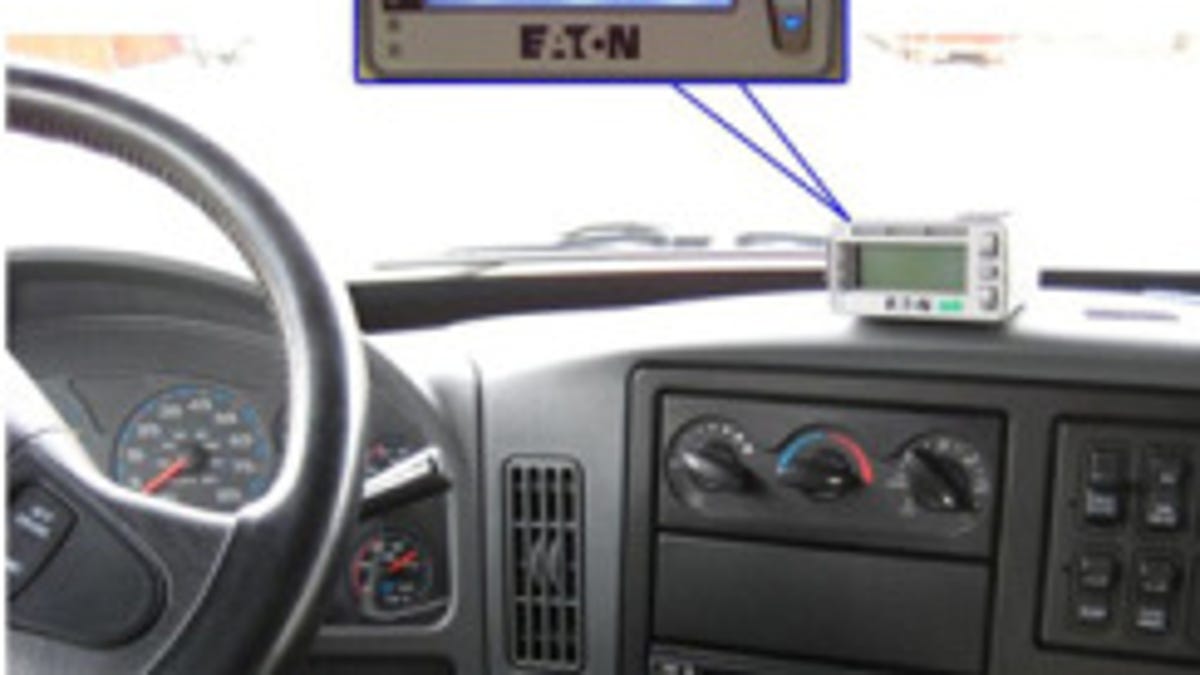Ann Arbor to use V2V tech to prevent car crashes
The University of Michigan will outfit 3,000 drivers with V2V devices to study the technology's reliability and efficacy in preventing car crashes.

Until supposedly safer autonomous vehicles become the norm, it's still up to the drivers to prevent car crashes. However, a few thousand drivers in Michigan will be getting a little electronic assist in staying out of harm's way.
The University of Michigan is conducting a pilot program to test a vehicle-to-vehicle (V2V) communications device that could help drivers avoid accidents, reported AnnArbor.com. This technology could prevent up to 81 percent of all vehicle crashes, according to the Department of Transportation (DOT). The school's Transportation and Research Institute is seeking 3,000 drivers in the Ann Arbor, Mich., area, and will equip their vehicles with wireless equipment that will alert the drivers to vehicles moving erratically. Intersections will also be outfitted with communication devices, and eventually the system could facilitate "dynamic real-time timing of traffic signals," according to the article.
Last year the DOT announced that it will test consumer acceptance of V2V technology in six cities, including a 100-driver study in Brooklyn, Mich. The UM study, which is funded partly by the DOT, will focus on system reliability and consumer response to the service to figure out which alerts and types of communication are most effective. Most drivers in the 3,000-person pilot program will have a V2V communications device installed in their existing vehicle, but 128 participants will get a new vehicle with this technology already integrated.
Many automotive manufacturers are working on to implement V2V technology in their vehicles. BMW has demonstrated its car-to-x communication systems to improve vehicle safety, and GM is working on an aftermarket hardware and mobile product that can alert drivers and pedestrians of impending collisions. Honda recently debuted technology that could reduce stop-and-go traffic during commutes.
(Via AnnArbor.com)

